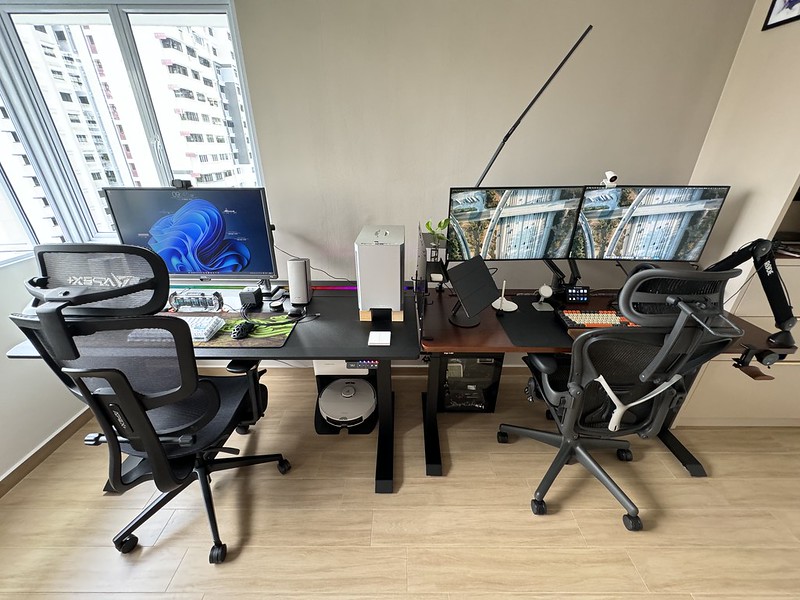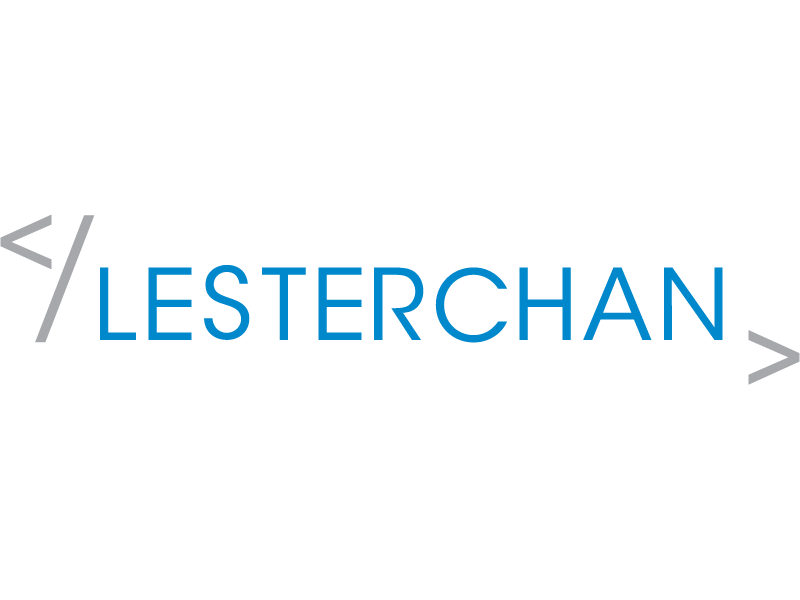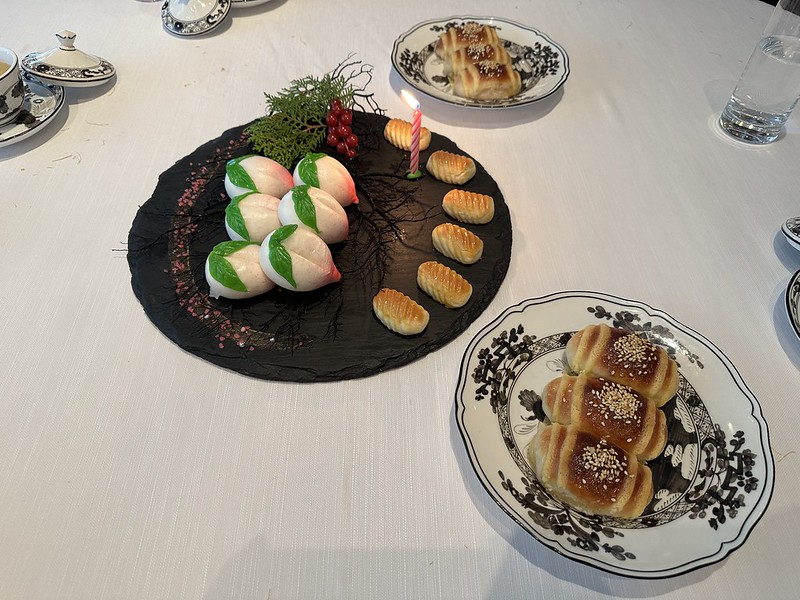1 Month Later in Tech in Asia
I joined Tech in Asia as The Tech Guy on 1st September 2014. It has been a busy September for us. There are two developers (Li Soon and I) in Tech in Asia and we have another team in Vietnam that is doing Techlist.

Our priority for September is basically to scale Tech in Asia.
Servers
We moved from DigitalOcean to SoftLayer. Previously on DigitalOcean, we are on 32 GB/12 CPUS, 320 GB SSD Disk and 7TB transfer for US$320/month.
For SoftLayer, we are on their Catalyst Startup Program and we have some free credits for a year. We went with five bare metal servers. One for load balancer, three for web and one for database.
For load balancer, we are using HAProxy. For the web, we are using Ubuntu as our OS and Apache as our web server application. Each of the web servers has its own Memcached as well. We might be switching to Nginx in the future. For the database, we are using MySQL.
In order to share uploaded content (/wp-content/) across all three web servers synchronously, we used SoftLayer’s NAS and mount it for all three web servers.
CDN
We moved from EdgeCast to MaxCDN because EdgeCast doesn’t provide free shared SSL cert and the UI/UX is just terrible. When it comes to prices, EdgeCast and MaxCDN costs almost the same but MaxCDN is more value for money.
WordPress
Tech in Asia runs on WordPress and over the years (including the migration from SGEntrepreneurs), there are a lot of unused data that is left behind by plugins/themes.
We cleaned up the postmeta, commentmeta, usermeta, and options table. For the options table, we cleaned up from 3,000+ rows to just 192 rows and that gives us a huge performance boost as you can see from the graph below.
Reduce wp_options from 6000+ rows to 192 rows on @Techinasia . Some plugins doesn't clean up it's shit. pic.twitter.com/lrRpx5uR8g
— Lester Chan (@gamerz) September 26, 2014
Apart from cleaning up WordPress, we also enhanced the security of WordPress a little. We moved WordPress to its own folder and hence we can check for unauthorized file changes using “git status”.
The WordPress Administration Panel (/wp-admin/) is now over HTTPS and we added Two Factor Authentication (2FA) login using Google Authenticator plugin.
Monitoring
We monitor our servers using Graphite and display them in nicer graphs on Grafana. As mentioned previously, we are also using Pindgom to check our servers periodically for uptime/downtime.
Development
We are using Vagrant as our development environment. Deployment is done by Capistrano and of course we are using GitHub to store our code and configs.
Tech in Asia Insights
We did all the above-mentioned stuff in September and Tech in Asia Insights, which is our premium content service for busy C-level executives, investors, and entrepreneurs.



